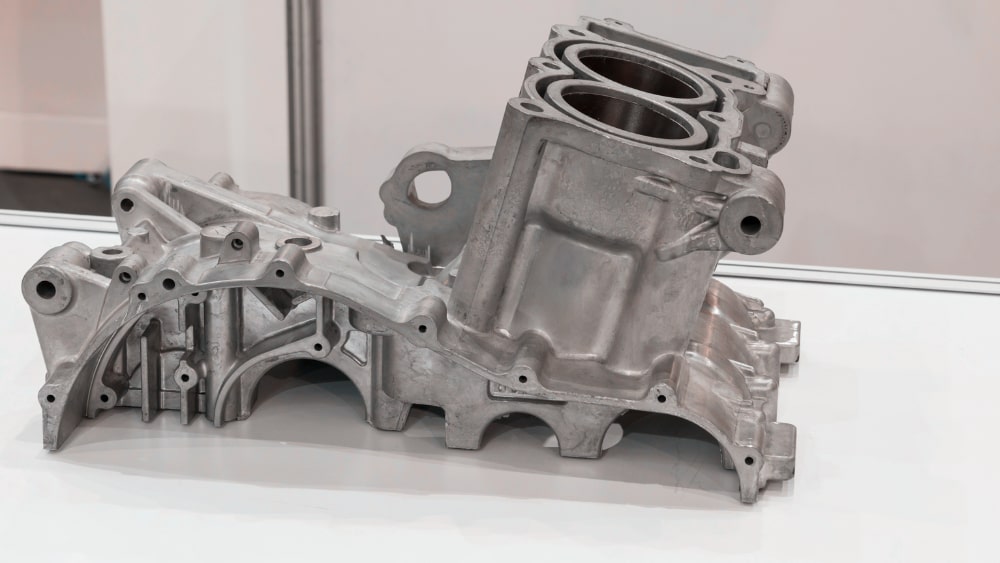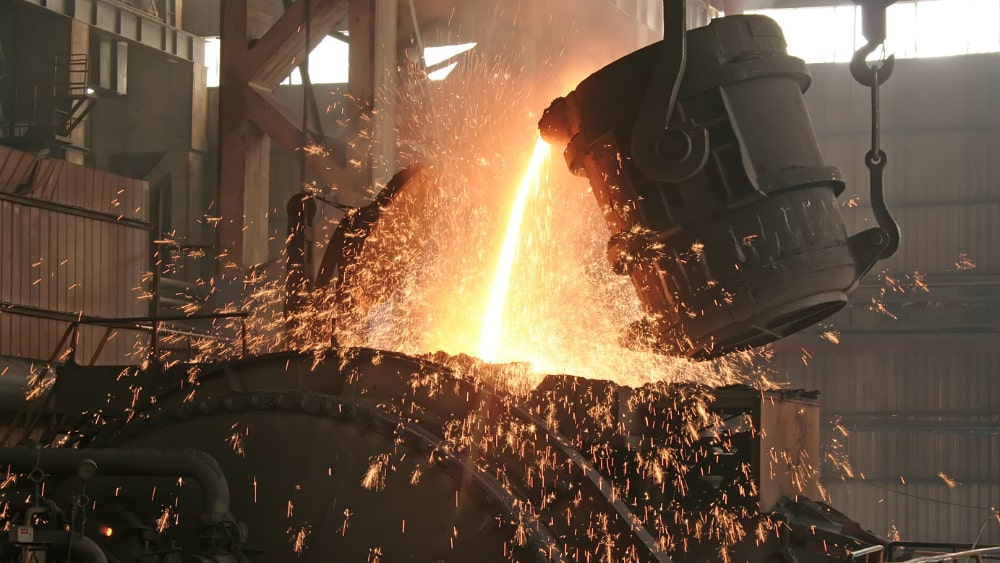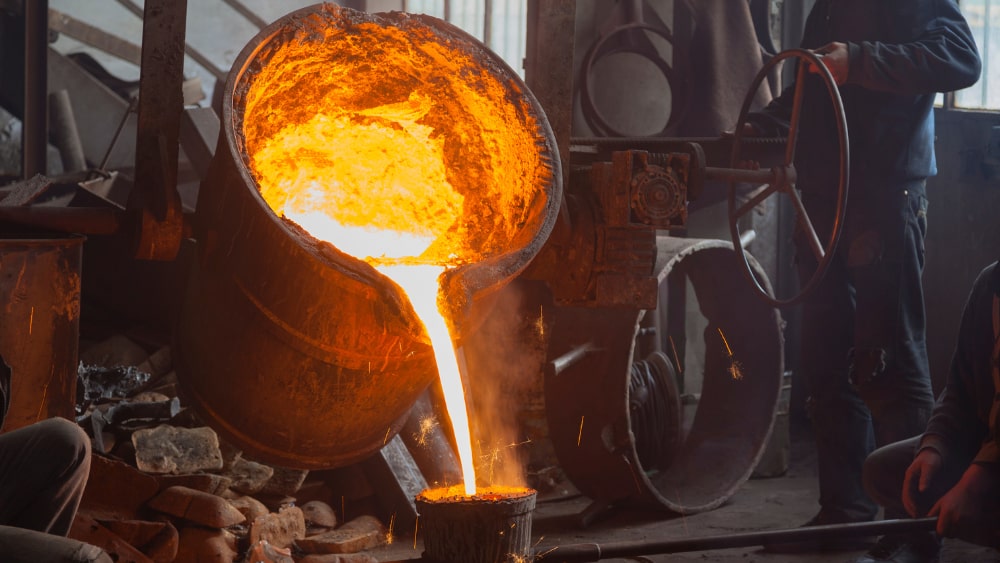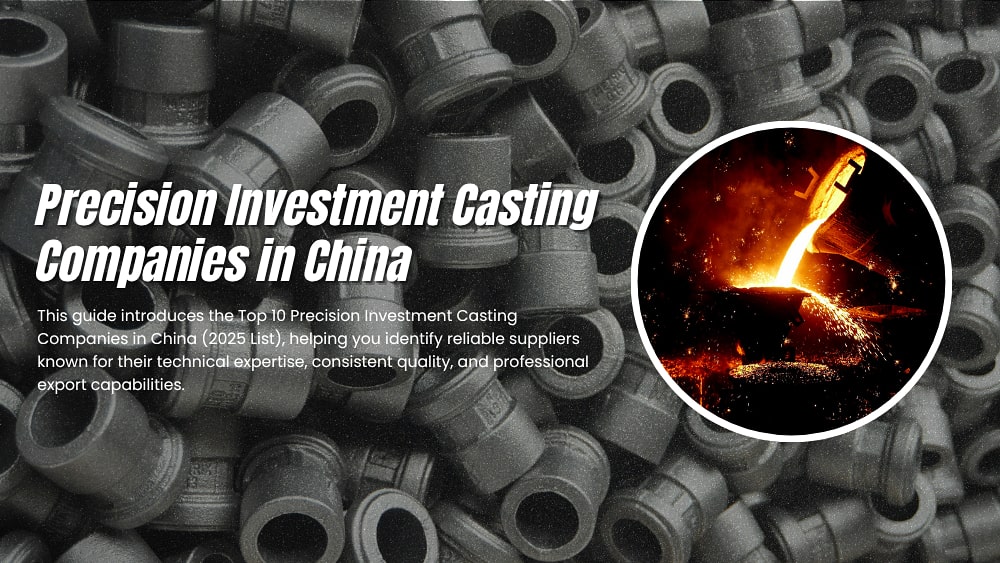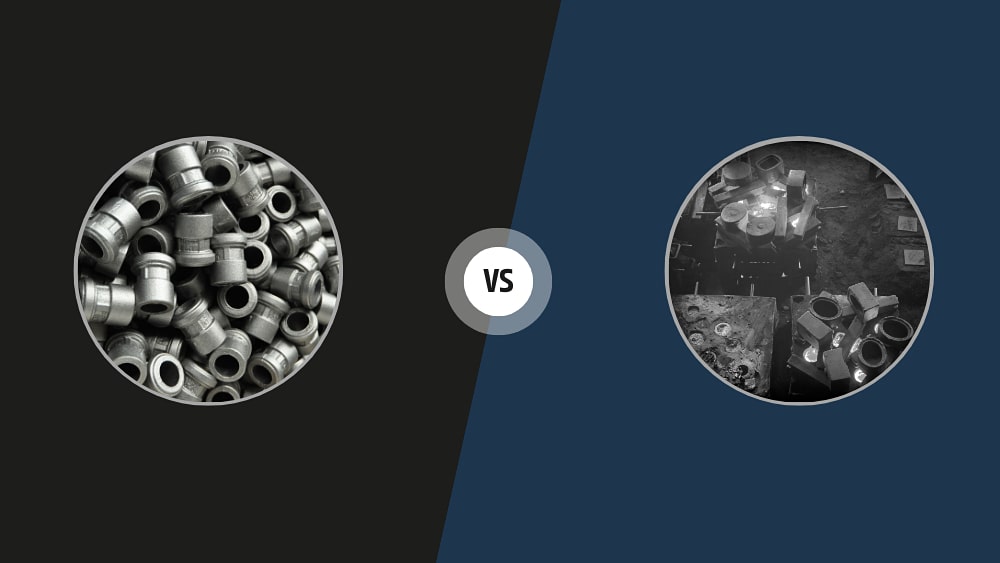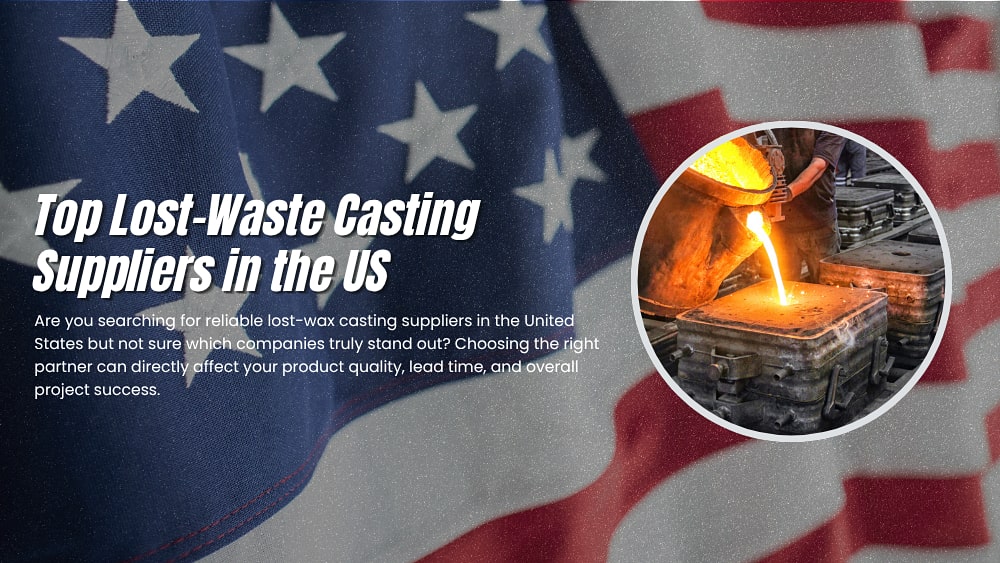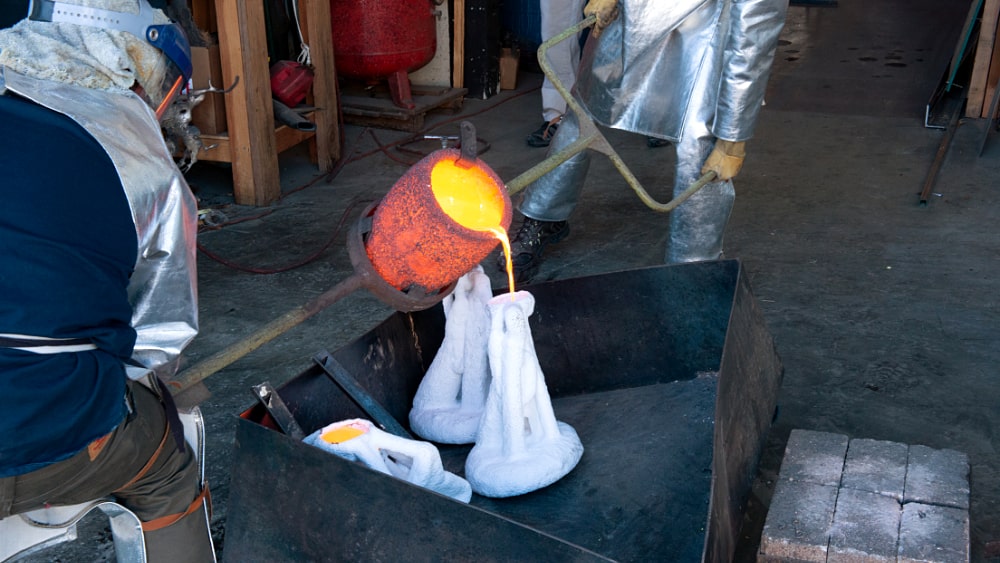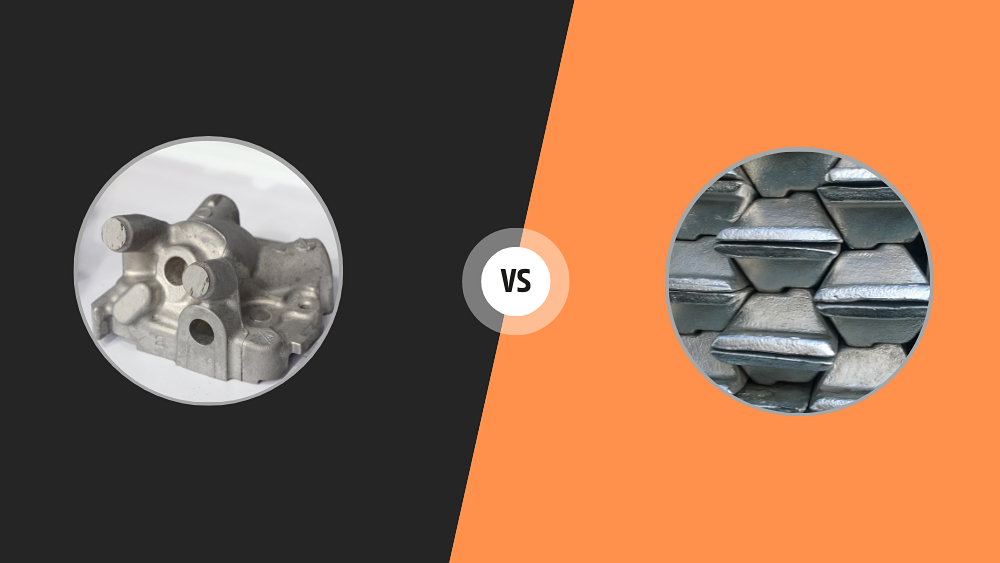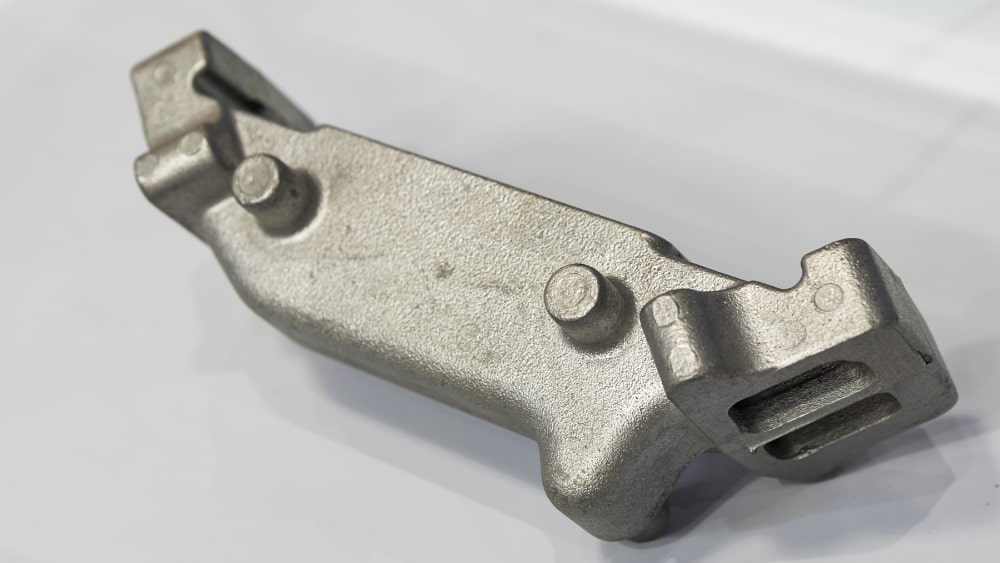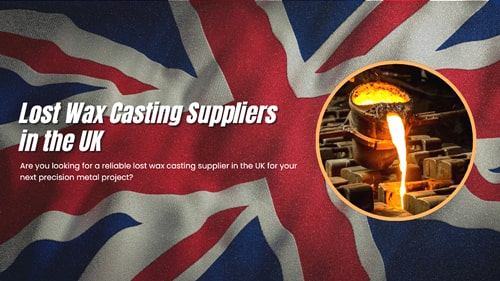
Answer: Because it uses "subtractive thinking" to overcome the "inherent limitations" of traditional casting, providing engineers with nearly unlimited design freedom.
To understand this, imagine manufacturing parts as "painting with molten metal." Traditional casting is like painting in a sandbox with a lid—you must consider how to remove the painting intact. Lost foam casting, however, is like placing an ice sculpture in the sandbox and pouring molten metal directly onto it. The ice melts and disappears, leaving behind your final piece without any concern about "removal."
Below, we break down the reasoning into three layers to explain clearly why it is the "preferred choice."
1. A Technological Breakthrough: Eliminating the “Three Core Limitations” of Traditional Casting
Traditional casting (such as sand casting) faces three unavoidable bottlenecks:
- The Parting Line Shackle: The mold must be split into two or more parts to remove the pattern, which leaves a "parting line" on the part and restricts its integrated structure.
- The Draft Angle Shackle: To smoothly remove the pattern, the part must have a tapered angle, preventing the design from achieving truly vertical walls and complex curves.
- The Sand Core Shackle: Creating complex internal cavities requires additional sand cores to be made and assembled, leading to poor accuracy, high costs, and defects like "core shift."
How Does Lost Foam Casting Overcome These?
It uses foam to create a pattern identical to the final part, which is then embedded in a sand mold for pouring. The molten metal replaces the foam, which vaporizes and disappears. This process means:
- No Parting Line: The part can be a complete, integrated whole with unrestricted structure.
- No Draft Angle: It can cast completely vertical walls, undercuts, and highly complex, irregular shapes.
- No Sand Cores Needed: Even the most intricate internal channels and passages can be directly formed in the foam pattern, achieving high precision in a single step.
2. The Ideal Process for “Large” + “Complex” Components
For the keywords "large" and "complex," the advantages of lost foam casting are magnified to the extreme.
- Regarding "Large": It simplifies the molding process for giant components. Traditionally, manufacturing a large engine block requires creating massive molds weighing tons and dozens of sand cores, with assembly difficulty akin to precision mechanical alignment. Lost foam only requires a large, adhesively bonded foam pattern, simplifying the process and reducing risks.
- Regarding "Complex": It is the ultimate method for "integrated molding." A classic example is the engine cylinder head. Traditional cylinder heads require making dozens of sand cores to form complex water jackets, oil galleries, and intake runners. Any misalignment during assembly can lead to scrap. Lost foam can cast a perfect blank with extremely complex internal structures as a single, integrated piece, significantly improving reliability.
3. Business & Production Value: Cost Reduction, Efficiency, and Design Freedom
The value of this process lies not only in "capability" but also in doing it "better and more economically."
Cost Reduction:
- Streamlined Processes: Eliminates the most labor- and time-intensive steps like core making, core setting, and mold closing.
- Reduced Machining: Castings have precise dimensions and uniform wall thickness, requiring minimal subsequent machining, which directly saves on tooling costs and labor hours.
- Lower Rejection Rate: Avoids common casting defects caused by sand core issues, resulting in more stable overall quality.
Efficiency Gains:
- Shorter Development Cycles: Foam pattern production is much faster than creating wooden or metal patterns, making it highly suitable for small-batch, rapid-response production.
- Flexible Production: Different part patterns can be easily placed in the same flask for "one-flask, multiple parts" production, increasing efficiency.
Design Empowerment:
- It truly achieves "what you design is what you get." Designers can break free from process constraints and focus on optimizing product function and performance to the extreme. Functions that previously required multiple assembled parts can be integrated into a single component, reducing weight and enhancing performance.
Conclusion
So, why is lost foam casting the preferred choice for manufacturing large, complex parts?
It's not necessarily the cheapest or fastest in all scenarios, but when your project faces challenges like "complex structure," "high requirements for integrated molding," and "urgent needs for weight reduction," lost foam casting is often the optimal solution that can break the deadlock and turn the impossible into possible.
It represents not just a process, but an advanced philosophy of design and manufacturing—using the "disappearance" of material to gain "freedom" in design.
For projects involving large or highly complex castings, manufacturing quality depends heavily on the foundry’s experience, pattern accuracy, coating control, pouring systems, and quality inspection standards.
Qianhao is one of the few foundries with full in-house capability for high-complexity lost foam casting. Ready to develop your next complex casting?
Contact Qianhao to receive engineering feedback, DFM support, and a customized quotation.
More articles about Lost Foam Casting recommended
- Investment casting vs. Lost Foam Casting: How to Choose?
- Lost Foam Casting Vs. Sand Casting: How to Choose?
- 5 Advantages of Lost Foam Casting in Modern Manufacturing
- What Is Lost Foam Casting: Process, Materials, And Applications


